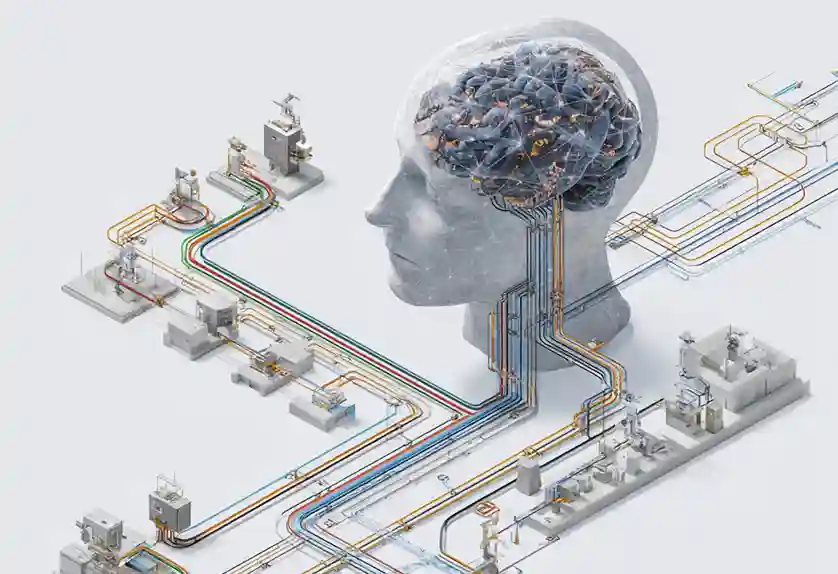The Promise That Fell Flat
When Salesforce CEO Marc Benioff unveiled Agentforce, he billed it as a turning point for enterprise software. AI agents, he declared, would automate sales and service tasks at scale, and make work simpler, faster, and more profitable.
The pitch was compelling: plug-and-play AI that could cut costs, improve customer experience, and drive new revenue streams. For Salesforce, Agentforce was positioned not just as another product, but as the centerpiece of its AI-first reinvention.
But nearly a year in, the reality is far less inspiring. Adoption has been tepid, deployments complex, and customers cautious. Instead of leading a wave of enterprise AI transformation, Agentforce has become a case study in the gap between AI hype and operational reality.
False Start, Fractured Messaging
Much of the trouble stems from mixed signals. Benioff’s marketing promised an out-of-the-box solution. Engineers, however, warned early adopters that successful deployments would require careful planning, data preparation, and workflow integration.
That candor was short-lived. The technical team that flagged the challenges was disbanded, reportedly for contradicting the CEO’s public narrative. Yet nine months later, those warnings have proven prescient. Agentforce setups are time-consuming and resource-intensive, forcing Salesforce to quietly reassemble the very team it had axed.
Sales Lag, Discounts Rise
The adoption numbers underline the struggle. Fewer than 5% of Salesforce customers are paying for Agentforce today, with most still in trial mode. To drive traction, Salesforce has slashed per-task pricing and bundled Agentforce into other services, but the financial impact remains murky.
Even high-profile brands such as Equinox still prefer to route meaningful customer queries to human agents, relying on Agentforce only for basic interactions. That gap between marketing claims and real-world use has slowed momentum and created skepticism among buyers.
A Crowded and Skeptical Market
Salesforce’s problems aren’t unique, but they’re magnified by intense competition. Tech giants like Microsoft and AWS are pouring billions into AI agent frameworks, while startups like CrafterQ and Sierra (led by former Salesforce co-CEO Bret Taylor) are moving quickly with leaner, more focused offerings.
Unlike in Salesforce’s early SaaS era, enterprise buyers are no longer eager to experiment with overlapping tools. CIOs are wary of vendor sprawl, procurement teams want clear ROI models, and compliance officers demand transparency about how AI agents handle sensitive workflows. The bar is high and so far, Agentforce hasn’t cleared it.
Why Enterprise AI Agents Are Struggling
The stumbling block for Salesforce and many peers is that AI agents aren’t just another app; they’re a new category of enterprise infrastructure. Rolling them out successfully requires more than flashy demos. It demands careful orchestration of content, data pipelines, governance, security, and human-in-the-loop workflows.
Without this foundation, agents risk being underwhelming at best (or business-critical liabilities at worst). That disconnect explains why enterprise buyers remain cautious and why promised revenue growth has yet to materialize.
Where Platforms Like CrafterQ Differ
While Salesforce grapples with overpromises and underdelivery, a new class of AI agent platforms is taking a different path. Instead of chasing headlines, platforms like CrafterQ and Sierra are focusing on concrete, measurable business value.
For example, CrafterQ positions its AI agents not as generic assistants, but as domain-specific AI solutions ranging from sales conversion and customer support to knowledge base automation, multilingual engagement, and voice-enabled experiences. The emphasis is on integrating with existing enterprise systems, leveraging structured and unstructured content, and applying retrieval-augmented generation (RAG) to ensure accuracy and trustworthiness.
Crucially, CrafterQ builds in analytics, governance, and customization from the start, so CIOs and digital leaders can track ROI, adjust performance, and enforce compliance. The result: AI agents that aren’t just experiments, but production-ready extensions of enterprise workflows.
CrafterCMS: Powering AI Agents with Content and Experience Infrastructure
Behind every effective AI agent lies a foundation of trusted, well-structured content and APIs. That’s where CrafterCMS comes in. As an open-source, enterprise-grade AI-native CMS, CrafterCMS extends beyond headless delivery to provide the building blocks for AI agent success.
For content teams, CrafterCMS introduces AI authoring assistants that streamline editorial workflows, suggesting headlines, summarizing long-form content, and generating multilingual variations while keeping humans in full control. This ensures content is always fresh, accurate, and optimized for both search engines and AI agents.
On the developer side, CrafterCMS is one of the first platforms to integrate with the Model Context Protocol (MCP). This allows AI agents to interact directly with CMS APIs, updating templates, retrieving assets, and dynamically generating personalized experiences. By exposing both content and system operations through MCP, CrafterCMS transforms AI agents from isolated chatbots into true participants in the digital experience layer.
The result is a seamless blend of content authoring intelligence and AI-driven site orchestration, helping enterprises not just talk about AI, but put it to work powering websites, portals, and apps with agility and control.
Why It Matters
Agentforce’s stumbles highlight the broader reality: the promise of AI agents has collided with the complexity of enterprise adoption. Overhyped, undersupported tools are falling short, while cautious buyers demand clearer value before betting on AI-driven automation.
The winners in this space won’t be the loudest marketers, but the platforms that deliver tangible business outcomes, whether in reduced support costs, faster sales cycles, or improved customer satisfaction.
For Salesforce, the “year of Agentforce” has become a credibility test. For the enterprise AI market as a whole, it’s a reminder that flashy demos aren’t enough. AI chatbot platforms like CrafterQ, paired with AI-native content infrastructure like CrafterCMS, may ultimately prove better positioned to turn the vision of AI agents into sustainable enterprise reality.

 Tom Jackson
Tom Jackson




